People who share the same name can at times
seem mysteriously connected to each other. And when we encounter these
‘twinned’ names in secret traditions, we can take it as a signal that something
more is intended than mere coincidence. We know the Christ by the name of
Jesus, but to his contemporaries his name was Yeshua – which in Hebrew is the
same name as Joshua, who inherited the leadership from Moses. And the two women
of the Gospels who so obviously share a name are Mary, the mother of Jesus, and
Mary, the Magdalene. But surely these two women could not be more contrasting,
more unlike each other? For the one is blessed by the Divine as an immaculate
virgin, and the other is cast by the Church as a common prostitute – a redeemed
whore.
Neither of these epithets are actually
accurate (although why they are not is perhaps a post for my blog for another
time!). For the last two millennia Mary Magdalene has perhaps been the most
wronged woman in all of human history. If we now see the Magdalene in her
rightful form, not as the whore, which is how the Church has chosen to portray
her, but as the most enlightened of all the disciples and even as the equal
partner of Jesus, then we restore her at last to her rightful place. And when
this restoration has found place, then the two Mary's can stand beside each
other. When this happens then they can in the eyes of esoteric philosophy and
the secret teachings bring about the supreme event. For then the two Mary's can
become one. The virgin and the whore unite in one being to become the virgin
whore.
But the virgin whore has already existed,
for this is one of the titles given to the Babylonian goddess Ishtar. Ishtar,
who invites us to overcome these contradictory koans of her titles and so enter
the greater mysteries. But Ishtar is herself a continuous goddess who changes
forms and names according to the culture in which she finds herself. So she has
been both Ishtar and Isis and Astarte and Asherah, and she will become anew
another incarnation in our own age with the uniting of the two Mary's. Thus the
virgin-whore both survives and endures and speaks to us throughout history. As
I mention in my previous post (Star of the Sea), the goddess is more powerful
than any one doctrine. In describing the Magdalene as a whore (which the
Gospels never actually do), the Church has perhaps been unknowingly fulfilling
the true purpose of the goddess.
And perhaps all that it takes to unite the
two Mary’s is our own awakening awareness of these traditions, and to realize
that what had seemed to us to be two separate and individual women are in fact
merely two aspects of the one goddess.
Painting: Mary Magdalene by Carlo Dolci



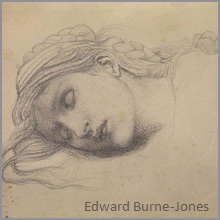
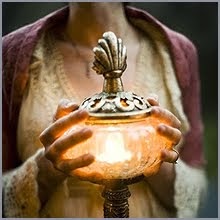
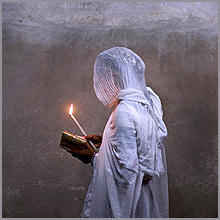
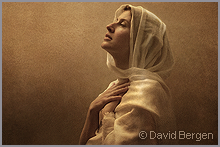
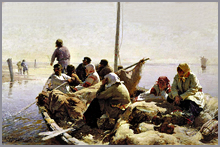
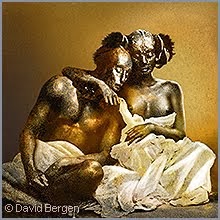


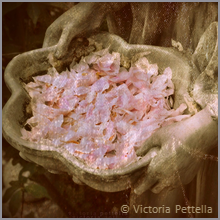
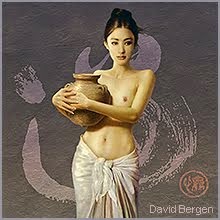
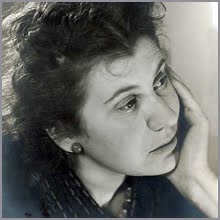
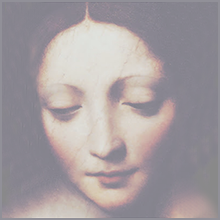
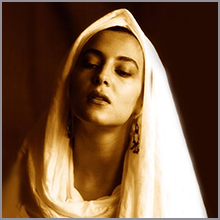
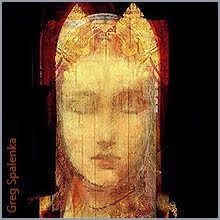
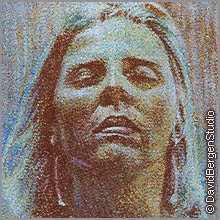











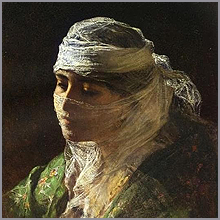
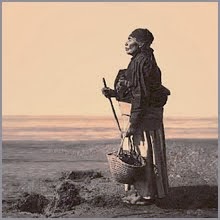

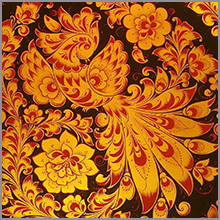

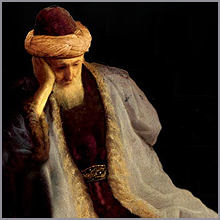
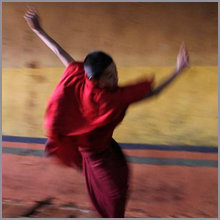




The relationship between the two women both named Mary is an intriguing one. One has been called the Mother of God, the Virgin. The other has been hinted at by the Church of being as what Emma describes as a "redeemed whore." Some who have researched the Knights Templars are convinced that Mary Magdalene was the wife of Jesus, and there appears to be some convincing evidence for this including an ancient letter that has been brought to light showing evidence that Mary Magdalene was Jesus' wife. This has sparked controversy with some stating that the letter is fraudulent. I will let the experts settle this but I remain open to the possibility that this may be genuine.
ReplyDeleteWhat this blog means to me is that the various "selves" that we live through are all small aspects of us. We can be a parent, a friend, a lover, an enemy, a stranger, a saint and a sinner. All in one! Similarly the aspects of our deities are ultimately aspects of our self. For example, in Buddhism we have the Buddha of Infinite Light, Amitabha. Amitabha is not an entity or Lord or deity separate from us. Amitabha is our true nature as Pure Consciosness.
Emma writes:
"And perhaps all that it takes to unite the two Mary’s is our own awakening awareness of these traditions, and to realize that what had seemed to us to be two separate and individual women are in fact merely two aspects of the one goddess."
Yes, and that goddess is you (and us)!
What a pleasure it is to have one's thinking stretched by such posts and the ideas they contain! Emma's post here and Joseph's comment well express the idea that what seem like dualities are really different forms of the One. Polytheistic beliefs make this idea accessible, since all gods and goddesses are forms of the original unity, and our different 'selves' reflect that truth.
ReplyDeleteJoseph mentions the recently-discovered fragment of Gnostic text. I'm inclined to think that those with a vested interest in not having their boat rocked (the forces of orthodoxy) are the ones who are going to shout 'forgery' the loudest! Impartial scholarship is what is needed in such situations - and at the moment impartial scholarship sees no reason to think that the fragment (which is written in Coptic) is not genuine. The fact that Jesus refers directly to Mary as his wife in the text is naturally very compelling. The textual context and the age of the fragment both conform to other Gnostic texts which have long been accepted as genuine.
And what a pleasure it is for me to have such knowledgeable and truth-loving readers on board.
ReplyDeleteBut it is more than a pleasure, for I am very grateful for your insights which I value so much.